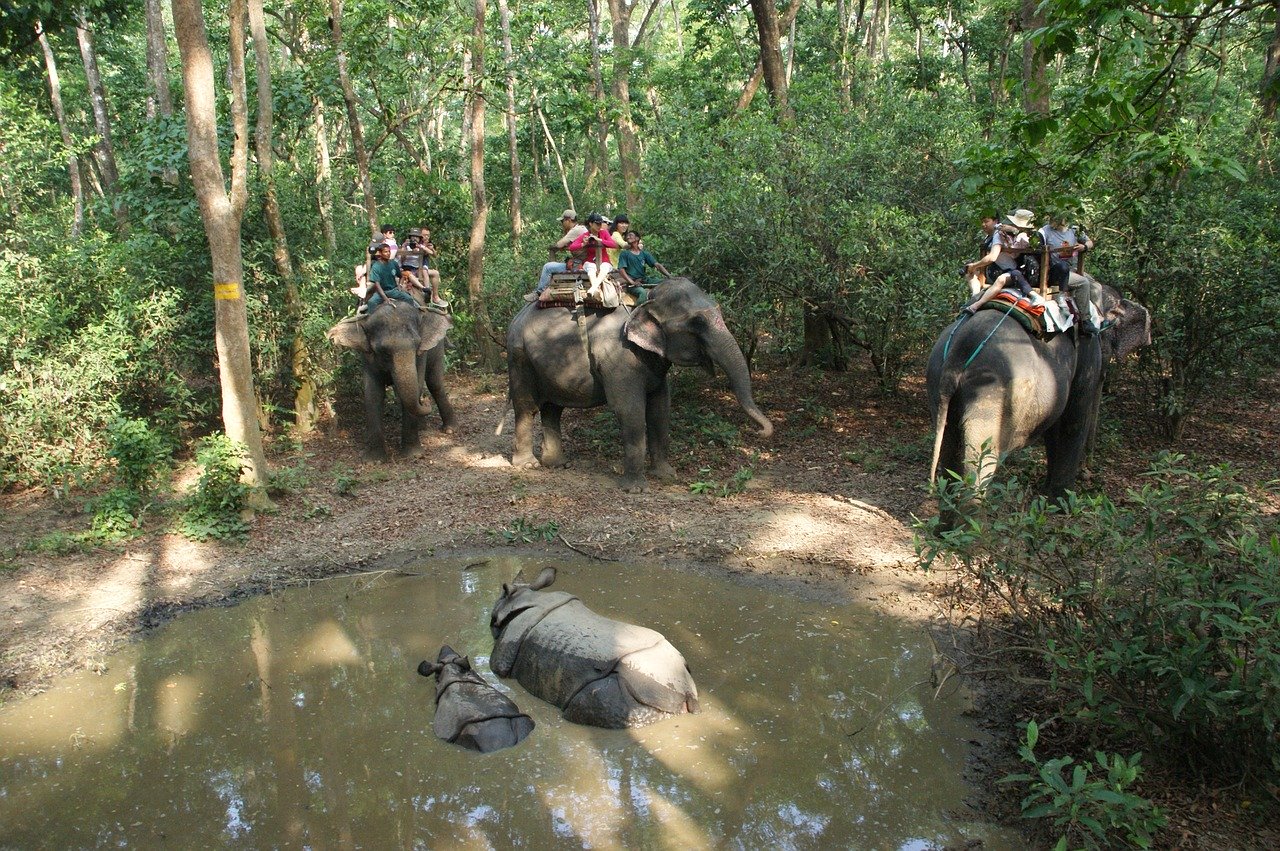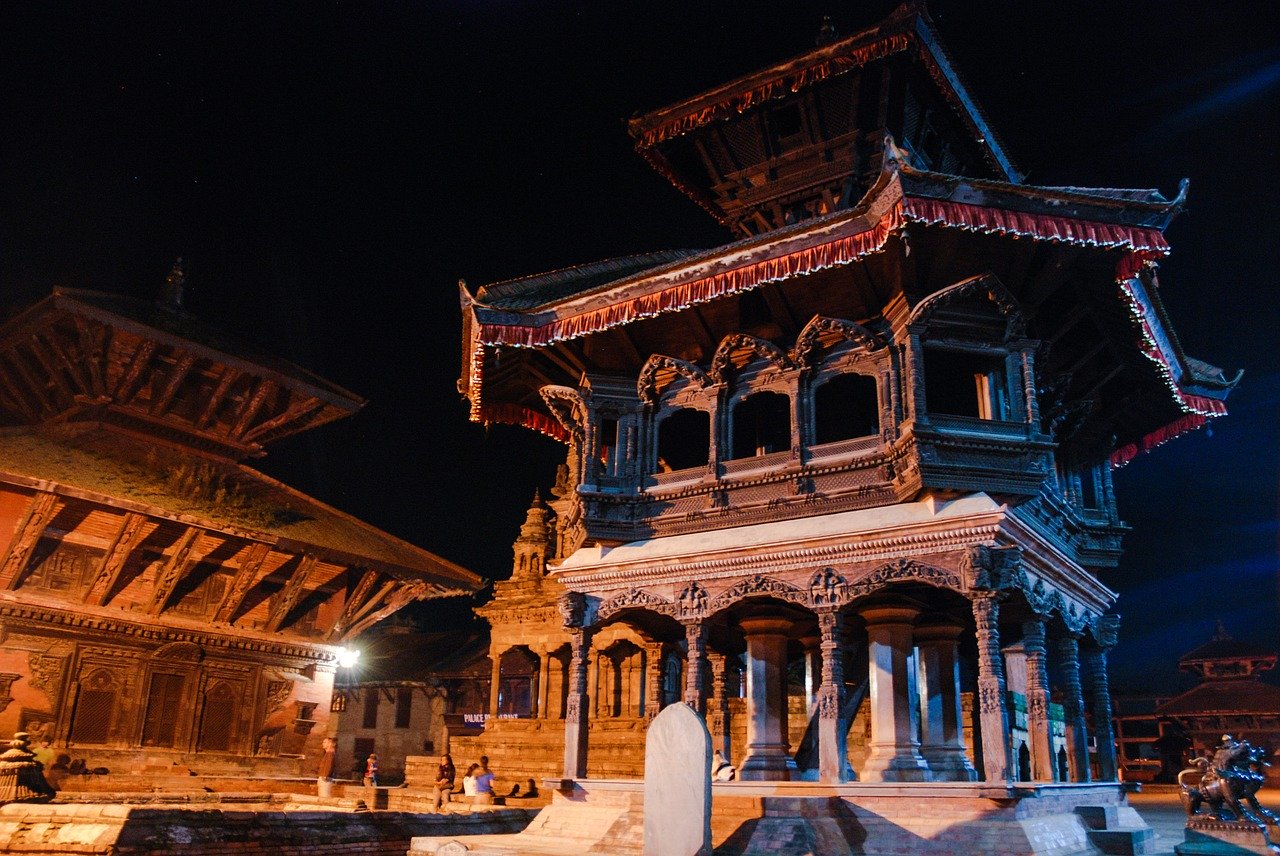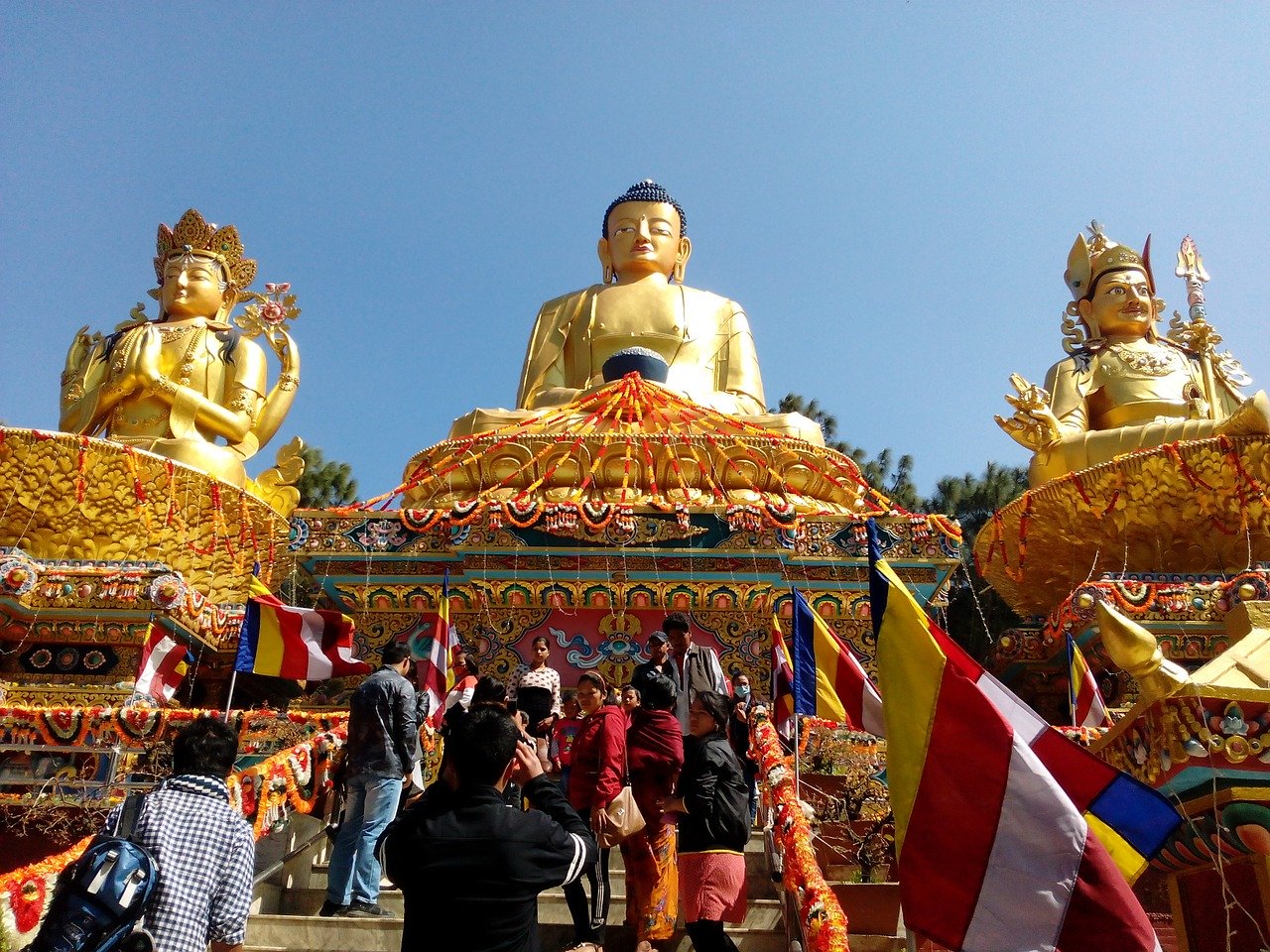National Parks in Nepal: 12 National Parks in Nepal That You Should Visit
Exploring Nepal’s National Parks: A Journey Through Biodiversity Hotspots
Nepal, a country nestled in the heart of the Himalayas, is renowned for its rich biodiversity and unique ecosystems. From lush subtropical forests to alpine meadows, Nepal’s landscape is home to a diverse array of flora and fauna, many of which are rare and endangered. To protect and preserve this natural heritage, Nepal has established 12 national parks, each offering visitors a chance to experience the country’s breathtaking beauty and wildlife. Let’s embark on a virtual tour of some of Nepal’s most remarkable national parks.
Chitwan National Park: The Crown Jewel of Nepal’s Conservation Efforts
Established in 1973, Chitwan National Park holds the distinction of being Nepal’s first national park and a UNESCO World Heritage Site. Located in the subtropical Terai region, this 952.63 km² sanctuary is a haven for wildlife enthusiasts and nature lovers alike.
Key Features:
- Home to the endangered one-horned rhinoceros and Bengal tiger
- Over 700 species of wildlife, including 68 mammal species
- 543 bird species, making it a birdwatcher’s paradise
- Lush sal forests covering 70% of the park area
- World’s tallest grasses, including elephant grass (Saccharum ravennae)
Pro Tip: Book a guided jungle safari to maximize your chances of spotting elusive wildlife like tigers and rhinos.
Parsa National Park: A Hidden Gem in Nepal’s Terai
Formerly a wildlife reserve, Parsa National Park was established in 2017, covering 627.39 km² across the districts of Parsa, Makwanpur, and Bara.
Highlights:
- 919 species of flora, including 298 vascular plants
- Tropical and subtropical vegetation dominated by sal forests
- Home to endangered species like Bengal tigers and Indian gaur
- Natural boundary formed by the Rapti River and Siwalik Hills
Historical Insight: Once a hunting ground for Nepal’s ruling class, Parsa now stands as a testament to conservation efforts in the region.
Suklaphanta National Park: A Birdwatcher’s Paradise
Upgraded from a wildlife reserve to a national park in 2017, Suklaphanta National Park is a haven for bird enthusiasts and wildlife lovers.
Notable Features:
- 700 species of flora, predominantly sal forests
- Extensive grasslands and wetlands supporting diverse fauna
- 16 mammal species, including Bengal tigers and Indian leopards
- An impressive 423 bird species recorded within the park boundaries
Must-See: Don’t miss the chance to spot the rare swamp deer, one of Suklaphanta’s iconic inhabitants.
Bardia National Park: The Wild West of Nepal
Covering 968 km² in western Nepal, Bardia National Park is one of the largest and most undisturbed wilderness areas in the Terai region.
Key Attractions:
- 839 plant species and 542 animal species
- Home to wild elephants, rhinoceros, and Bengal tigers
- 407 bird species, including endangered Bengal florican
- 125 fish species in the Karnali-Babai river system
- Unique opportunity to spot the rare Gangetic dolphin
Adventure Tip: Take a guided rafting trip down the Karnali River for a chance to see Gangetic dolphins and diverse riverine wildlife.
Langtang National Park: A Himalayan Wilderness Experience
Established in 1976 as Nepal’s first Himalayan national park, Langtang covers 1,710 km² of diverse mountain ecosystems.
Unique Features:
- Altitude range from 1,000 meters to over 6,450 meters
- 18 distinct ecosystems from tropical forests to alpine tundra
- Home to endangered species like red pandas and musk deer
- Sacred Gosaikunda Lake, a popular pilgrimage and trekking destination
Trekker’s Delight: The Langtang Valley Trek offers a perfect blend of stunning mountain views, diverse landscapes, and rich Tamang culture.
Shey Phoksundo National Park: The Trans-Himalayan Jewel
Covering 3,555 km², Shey Phoksundo is Nepal’s largest and only trans-Himalayan national park, established in 1984.
Must-See Attractions:
- Stunning turquoise Phoksundo Lake
- Diverse flora including rhododendron, juniper, and Himalayan birch
- 286 plant species with ethnobotanical importance
- Wildlife such as snow leopards, musk deer, and Himalayan black bears
- Rich bird life with 200 recorded species
Cultural Insight: Explore the park’s unique blend of natural beauty and Tibetan Buddhist culture, including ancient monasteries and traditional villages.
Conclusion: Preserving Nepal’s Natural Heritage
Nepal’s national parks play a crucial role in protecting the country’s incredible biodiversity and providing sustainable eco-tourism opportunities. From tracking tigers in Chitwan to trekking in the Langtang Valley, these protected areas offer unforgettable experiences for nature lovers and adventure seekers alike.
As visitors, it’s essential to practice responsible tourism by respecting wildlife, following park regulations, and supporting local conservation efforts. By doing so, we can help ensure that Nepal’s natural wonders continue to thrive for generations to come.
Whether you’re planning a wildlife safari, a high-altitude trek, or a cultural expedition, Nepal’s national parks offer something for every type of traveler. So pack your bags, grab your binoculars, and prepare for an adventure in one of the world’s most biodiverse countries!




Post Comment